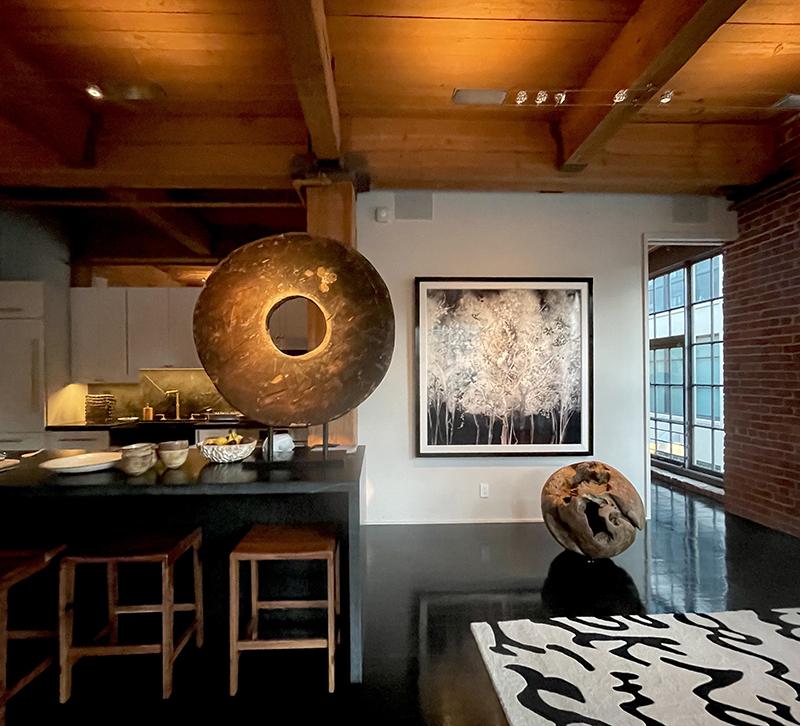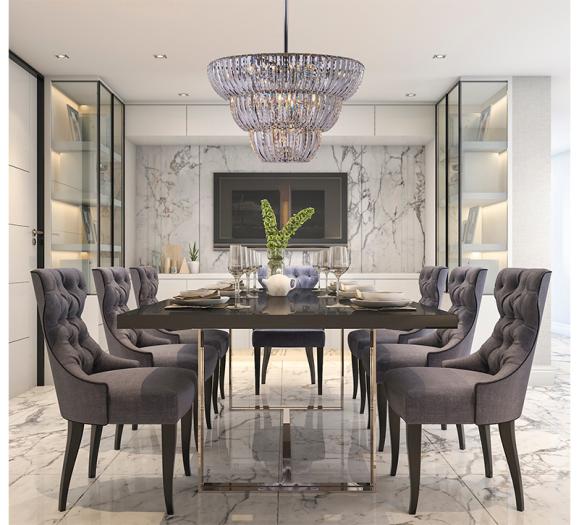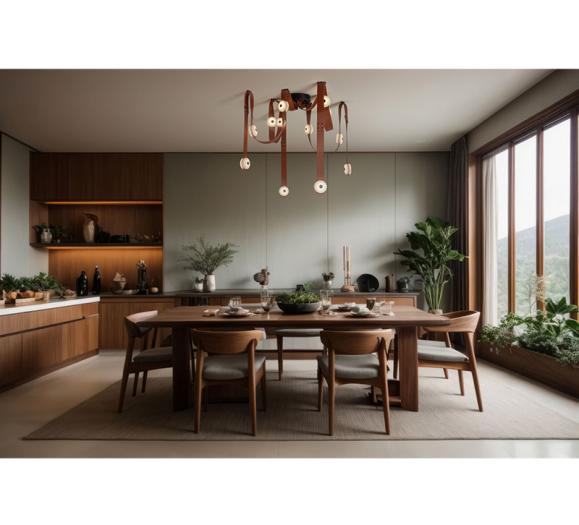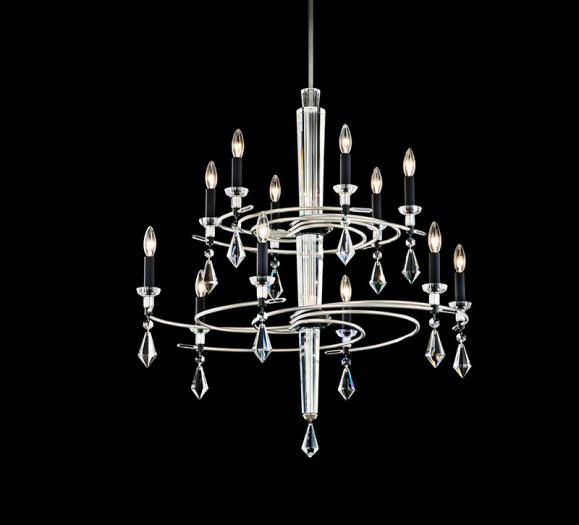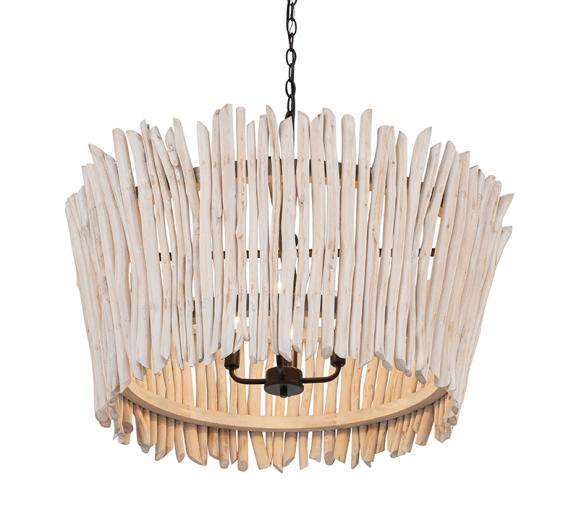In the November of 2019, I wrote about a condominium project in San Francisco. It was called ‘Accent the Positive’. I talked about using accent lighting, one of the four functions of light, as a way of moving your eyes around a space and to create a heightened sense of depth and dimension. The other three elements of good lighting are task, ambient and decorative.
This time, I want to talk about the ambient light in that condominium. For me, it is one layer of light that is often missing. It is crucial in making a space feel welcoming. Think about the glow of light which you get from a roaring fire in the fireplace. That warm light washes over you. You are drawn in and want to bask in its lush amber illumination. Well, ambient light can carry that feeling throughout a home or a restaurant or a hotel lobby. Without it, the accent lights become predominant. This is often referred to as the ‘museum effect’, where the objects in the space become more important than the people who are occupying that space.
Basically, ambient lighting is indirect lighting. A smooth illumination that is bounced off the ceiling. It softens the shadows on people’s faces and fills the space with an even glow to visually open up the architecture and draws people in. Ambient light can be created in a variety of ways. In this particular project, a cable system floats below the wood beamed ceiling. Shallow metal reflectors project light upwards so that the ceiling is gently illuminated, reflecting the light back down towards the walls and floors. This same cable system provides accent lighting within the space as well. Other sources of ambient lighting are torchieres, cove lighting and indirect lighting placed on top of cabinetry, such as kitchen cabinets which are mounted below the ceiling line.
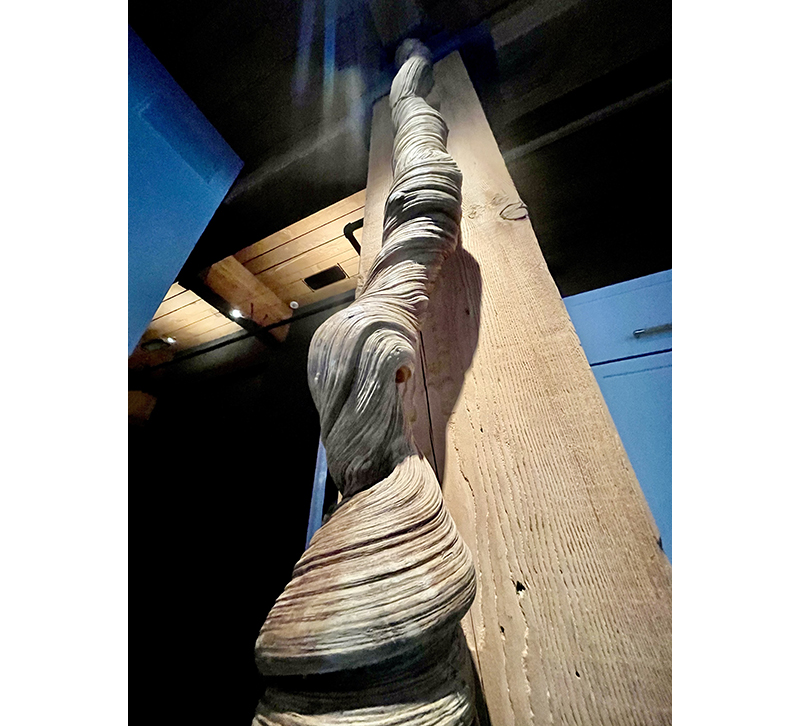
This image of the entryway (shown above) highlights the trunk of curly wood as it snakes its way towards the ceiling. The accent lighting is there, but you can see the ambient light highlighting the ceiling as well. There is a balance between the two, allowing the dramatic lighting to do its job, while not overpowering guests. A compact array of LED’s are installed within the shallow trays to create the ambient light. LED MR16s are used for the accent lighting. The low wattage allows for more fixtures per transformer that you would if you were using traditional halogen MR16s. Both the ambient and accent light sources have a 2700 K color temperature, along with a CRI of 90.
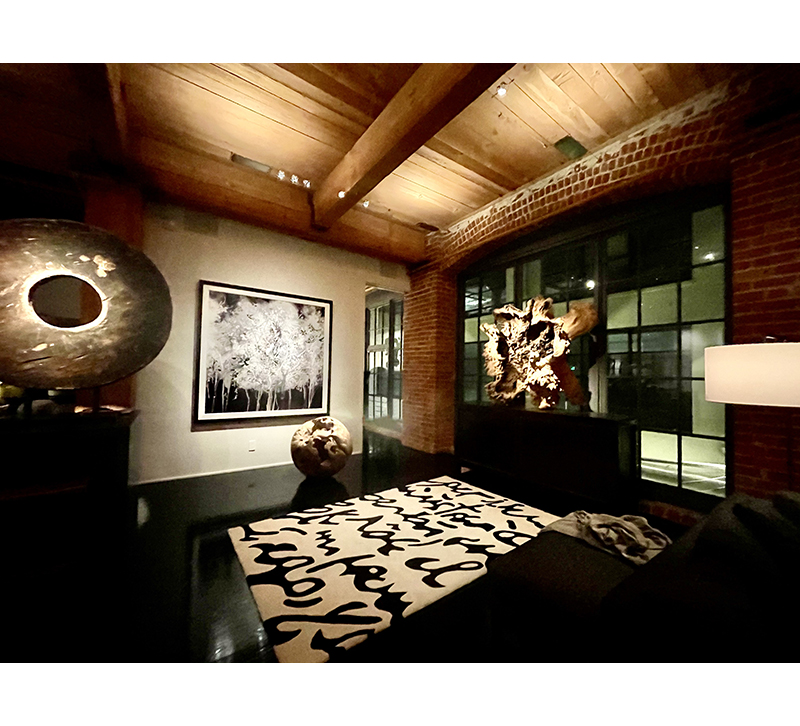
As day fades into evening, the ambient light becomes even more important (as shown in the image above). The black flooring absorbs the light, allowing the white area rug with the black calligraphy to really pop visually. Without the indirect lighting, the entire ceiling plane would fall into darkness. It also makes the rooms feel larger, while showing off the 100 year old timber and beams. The accent lighting adds in the dimensionality of the space, but without the ambient light the people would fall into secondary importance.
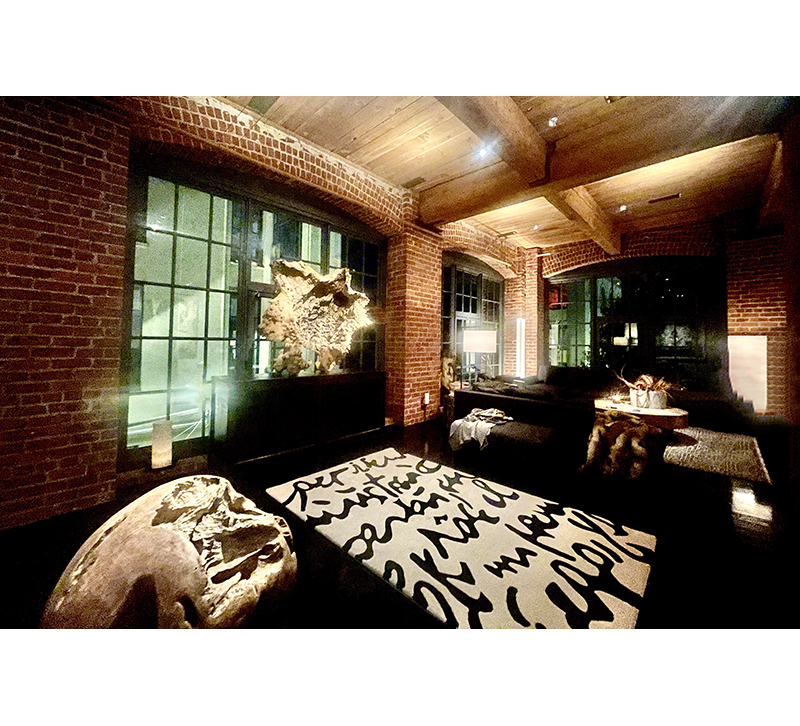
A view from the other side of the room (shown above) reveals how the ambient light helps connect the adjacent areas. The three floor lamps create little islands of illumination, helping to draw people into the seating areas.
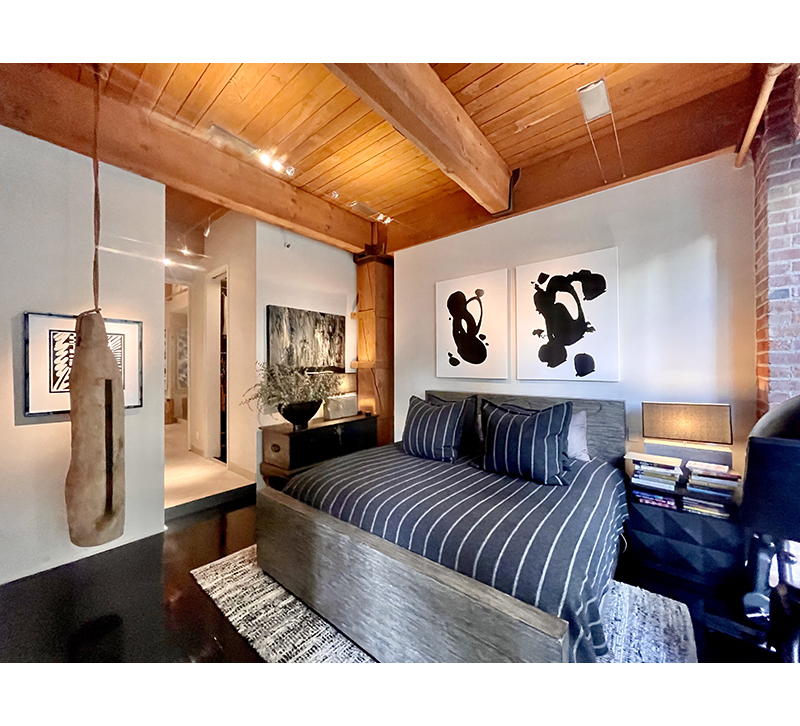
The view of the master bedroom shows how the ambient lighting adds warmth to this black and white space. Accent lighting continues to highlight the art, while table lamps add a decorative glow and some reading light next to the bed.
The bottom line is to make sure that ambient light is a part of your overall design plan. Accent lighting may be the magic, but ambient light is what makes a space feel like home.



